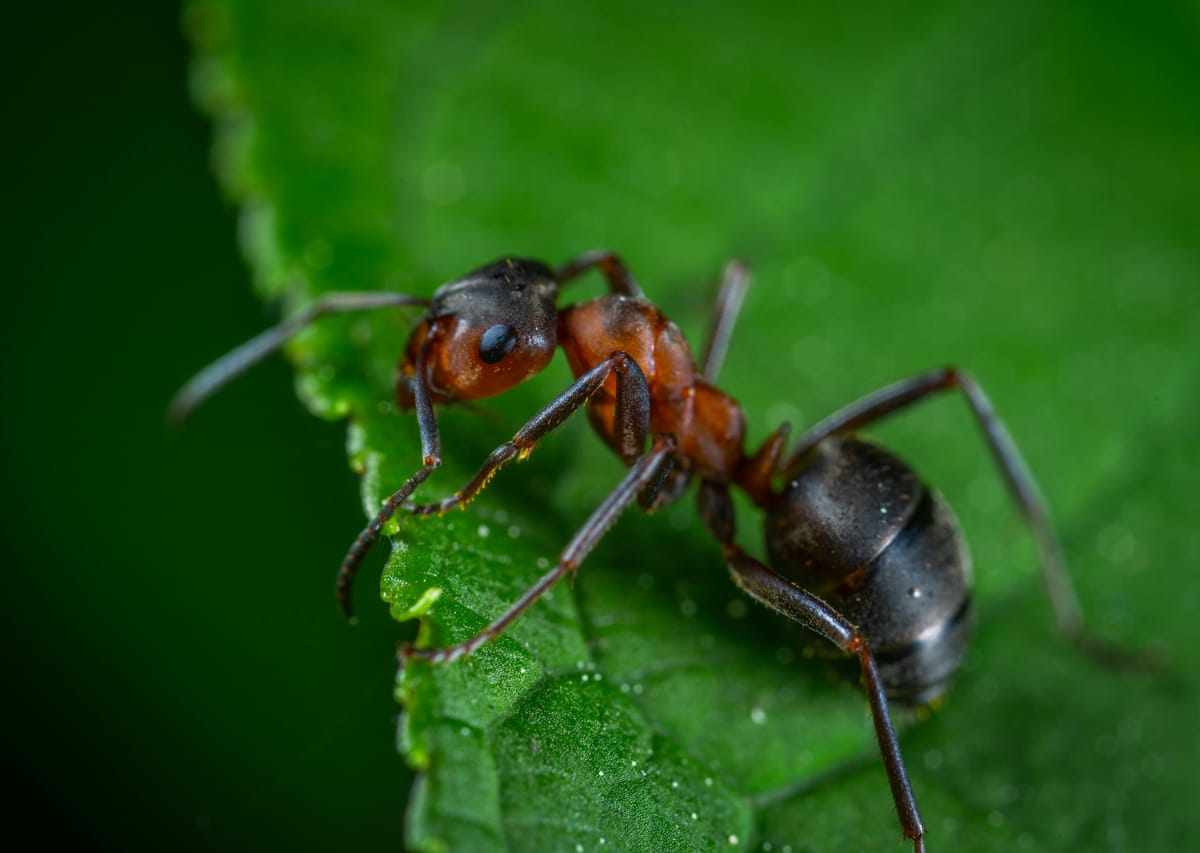A quick guide to pest and disease control in your summer garden
Plants thrive in summer, but pests and illnesses do too. A good summer gardener knows that prevention and early detection are more important than a last-minute fight.

🔴 Have you read these articles yet?
👉 Travelling safely but without losing your sense of adventure
👉 Wild within reach: secret spots within a day’s drive from South Africa’s biggest cities
Summer is peak season for plants, but it’s also high time for the unwelcome visitors: pests and diseases. A successful summer gardener knows that prevention and early detection are crucial, not just a frantic, last-minute battle.
Learning to identify the main culprits and understanding their lifecycle will save your harvest and your sanity.
The common critters
- Aphids are tiny, pear-shaped insects often found clustered on new growth or under leaves. They suck plant sap, leading to distorted leaves and a sticky substance called "honeydew."
- Spider Mites are minuscule pests that cause stippling (tiny yellow or white spots) on leaves. Severe infestations result in fine webbing, and they thrive in hot, dry conditions.
- Tomato Hornworms are large, distinctive green caterpillars that can defoliate a tomato or pepper plant overnight. Their size makes them easy to spot, but their camouflage is excellent.
For control, start with the least toxic methods. A strong jet of water can knock aphids and mites off plants. Introduce beneficial insects like ladybugs and lacewings, which are natural predators. If an insecticide is needed, opt for organic solutions like neem oil or insecticidal soap, ensuring you cover the undersides of leaves where pests often hide.
The fungal foes | The combination of high humidity and heat is a perfect incubator for fungal diseases.
- Powdery Mildew looks like a white, dusty coating on leaves, often on squash, cucumbers, and lilacs.
- Leaf Spots - Various fungi cause dark, circular spots on leaves, leading to yellowing and premature leaf drop.
Prevention is your best defence against disease. Ensure good air circulation by proper pruning and spacing plants correctly. Water at the base of the plant (avoiding wet foliage) and clean up dead leaves or debris immediately.
If a disease appears, prune the affected area immediately and discard it away from the garden. Fungicides, like a baking soda solution or organic copper sprays, can be used as a last resort, but always follow application instructions carefully.
Regular, close-up inspection is your best tool. Make it a habit to check the undersides of leaves and new shoots while you water.
By proactively managing plant health and responding swiftly to the first signs of trouble, you can minimise damage and keep your summer garden thriving.





Comments ()